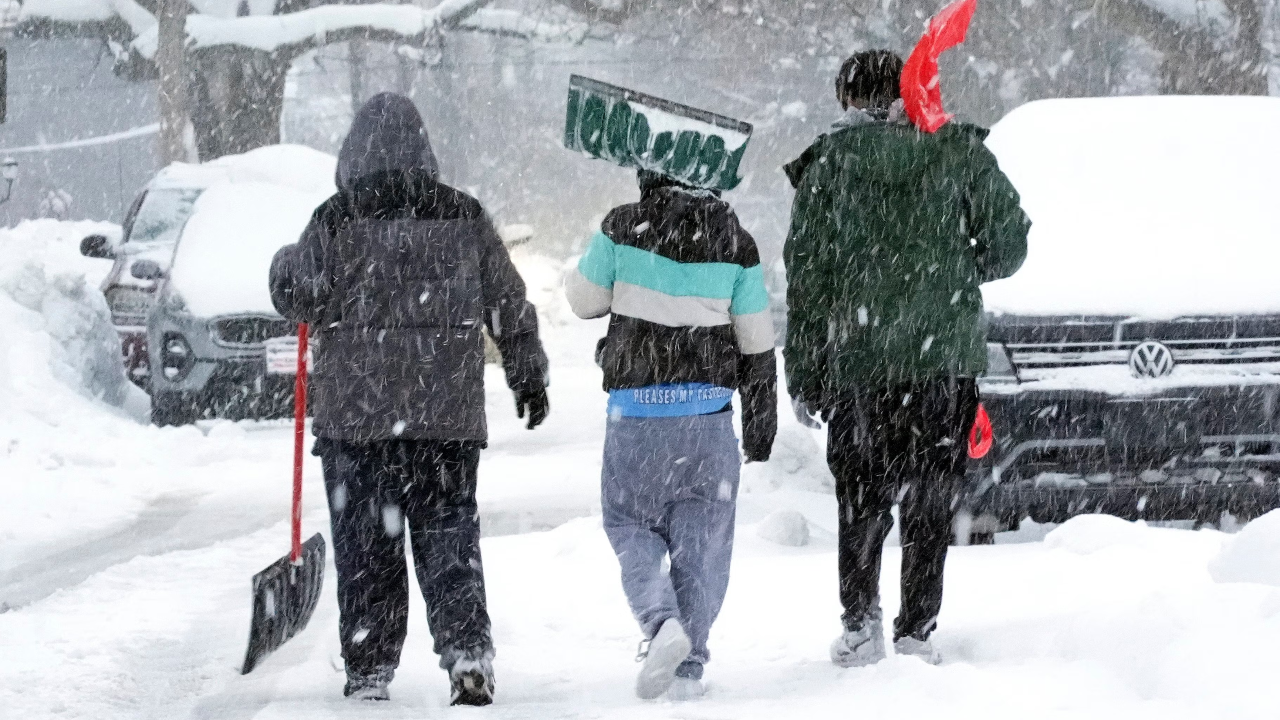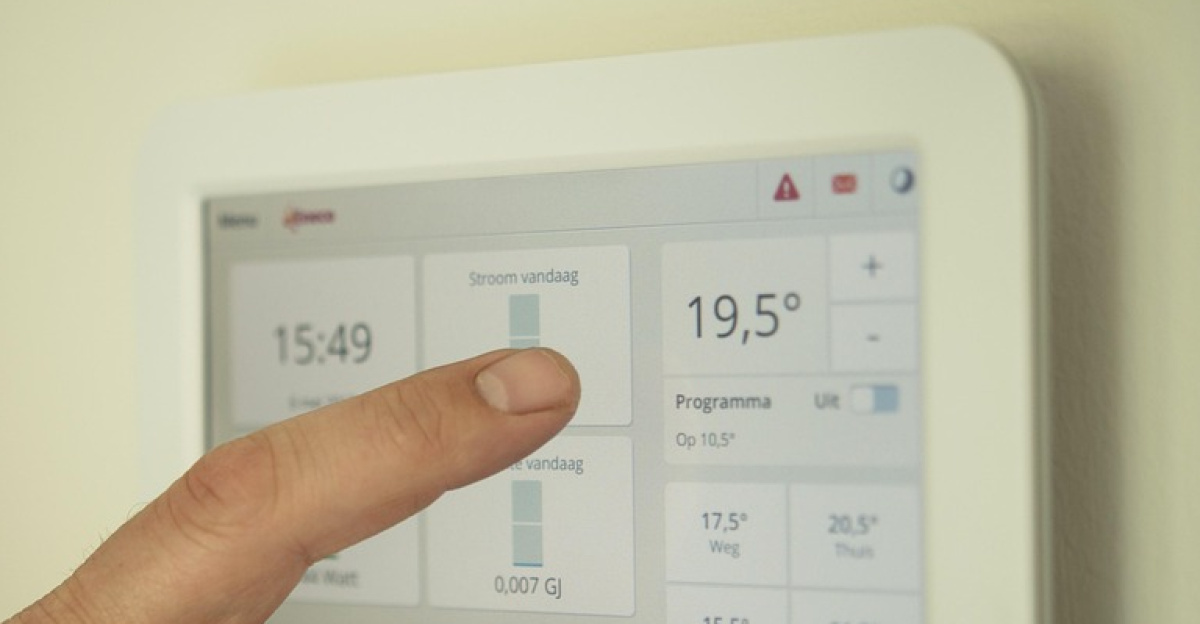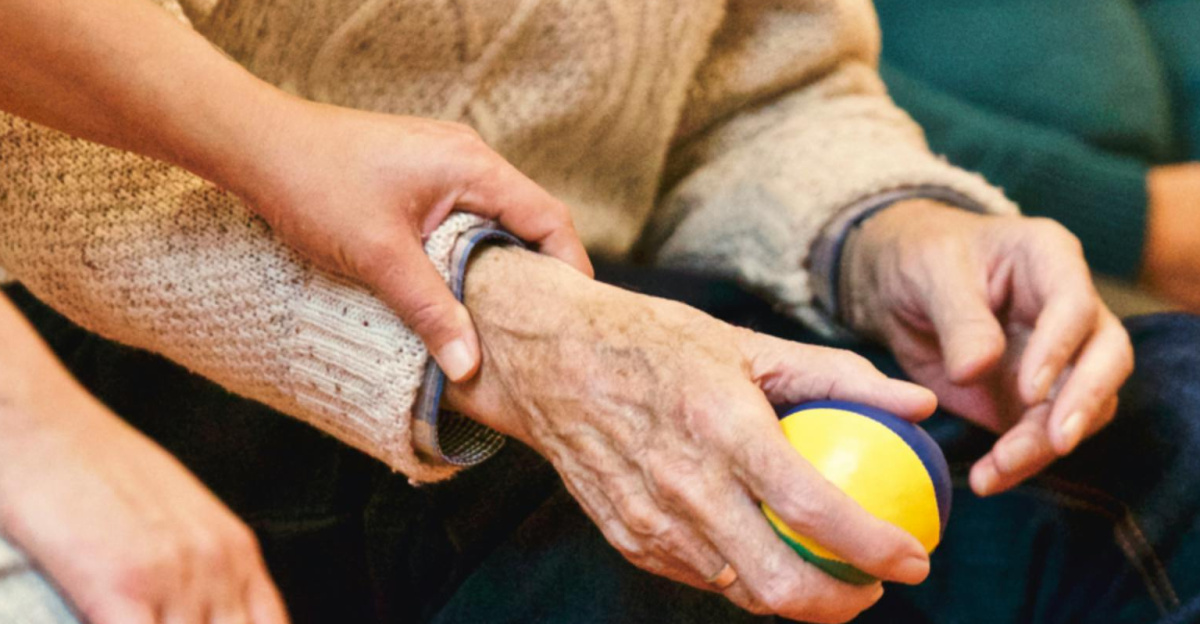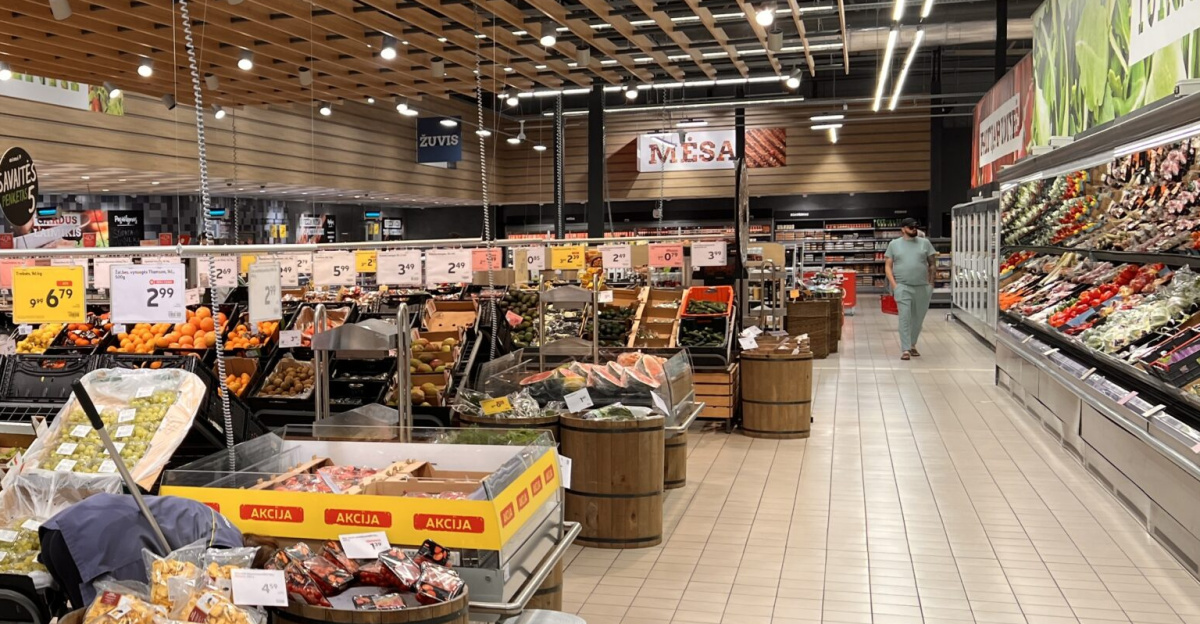
A sudden and severe cold snap swept across the eastern United States on November 11, 2025, shattering temperature records and jolting nearly 200 million Americans with dramatic weather swings. Macon, Georgia, plunged to 25°F—its coldest November reading in a century—while Orlando, Florida, saw a rare 36°F morning, the chilliest in almost ten years. Within days, these frigid conditions gave way to unseasonable warmth, leaving residents and businesses scrambling to adapt to the rapid changes.
La Niña and the Unstable Jet Stream

Meteorologists point to a combination of La Niña conditions and a destabilized jet stream as the primary drivers behind this weather whiplash. La Niña, a recurring climate pattern marked by cooler Pacific Ocean waters, typically brings cooler, wetter weather to parts of the U.S. This year, however, the pattern has been weak and erratic, allowing arctic air to surge southward earlier than usual.
The jet stream—a high-altitude river of fast-moving air—has become increasingly unpredictable. Its sharp dips and swings have opened the door for cold air to spill deep into the South, only to be replaced by warm air days later. This volatility has raised concerns among climate scientists about the long-term stability of atmospheric patterns and the potential for more frequent extreme weather events.
Impact on Households and Businesses

The abrupt temperature swings have had immediate consequences for American households. Residents in cities like Macon, who bundled up against record cold, soon found themselves switching back to air conditioning as temperatures soared toward 80°F by mid-November. This rapid alternation between heating and cooling has strained local power grids and driven up utility bills, making it difficult for families to budget for energy costs.
Retailers and suppliers have also felt the pressure. Demand for winter gear and heating devices spiked suddenly, only to be followed by renewed interest in summer products. Home improvement stores reported brisk sales of both space heaters and air conditioners, while supply chains struggled to keep pace with shifting consumer needs. Businesses have been forced to rethink their seasonal strategies, adjusting inventory and staffing to cope with unpredictable demand.
Agriculture and Energy Sectors Under Stress
Farmers in the Central and Southern Plains have faced a double threat. The cold snap endangered late-season crops, while the subsequent warm spell risked triggering premature growth in fruit trees. Livestock producers, too, have had to contend with the stress that rapid temperature changes place on cattle and poultry. These disruptions have heightened concerns about the resilience of the agricultural sector in the face of increasingly erratic weather.
Energy markets have responded with volatility. The cold surge sent natural gas prices to near three-year highs as heating demand soared, though prices began to moderate as forecasts shifted to warmer conditions. Utilities have been tested by the need to rapidly adjust to surges in both heating and cooling demand, exposing vulnerabilities in the nation’s energy infrastructure.
Vulnerable Populations and Public Health

The most at-risk populations—elderly residents and low-income households—have borne the brunt of the temperature swings. In Tallahassee, where temperatures dropped to freezing, cold weather shelters opened to provide relief. Health officials have warned of increased risks for both cold-related injuries and heat stress as the weather oscillates. Emergency rooms have prepared for a rise in weather-related health issues, and public health agencies have issued guidance on how to stay safe during such volatile conditions.
Broader Economic and Global Implications

The economic ripple effects of the weather whiplash extend beyond households. Utility companies have faced grid strain, and food prices could rise if agricultural yields are affected. Grocery stores and other retailers have reported supply chain disruptions, particularly for fresh produce. Businesses in sectors such as HVAC, home improvement, and even hospitality have had to pivot quickly, adjusting pricing and inventory to keep up with demand.
International markets are watching closely, especially grain buyers concerned about U.S. crop yields. Shipping and logistics companies have had to reroute deliveries around affected regions, potentially raising global shipping costs and impacting food supply chains worldwide.
Looking Ahead: Adapting to a New Normal
As the nation recovers from this latest bout of weather volatility, attention is turning to the months ahead. The National Oceanic and Atmospheric Administration (NOAA) forecasts that La Niña will continue to influence U.S. weather, with cooler-than-average temperatures expected in the North and warmer conditions in the South. Meteorologists caution that extreme temperature swings could persist, making it difficult for residents and businesses to plan for the future.
This November’s dramatic cold-to-warm event has underscored the interconnectedness of weather, infrastructure, and the economy. As climate patterns grow more unpredictable, the need for resilience—across households, industries, and public systems—has never been clearer. The challenge now is to adapt, invest in flexible strategies, and prepare for a future where weather extremes may become the new normal.